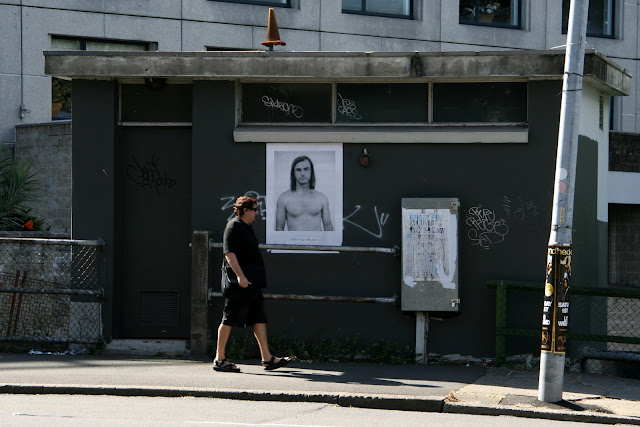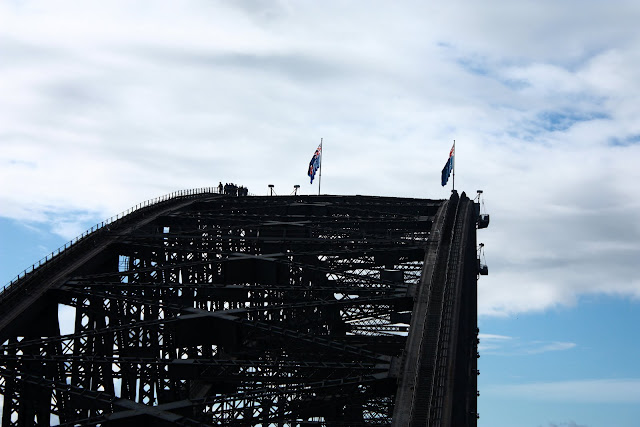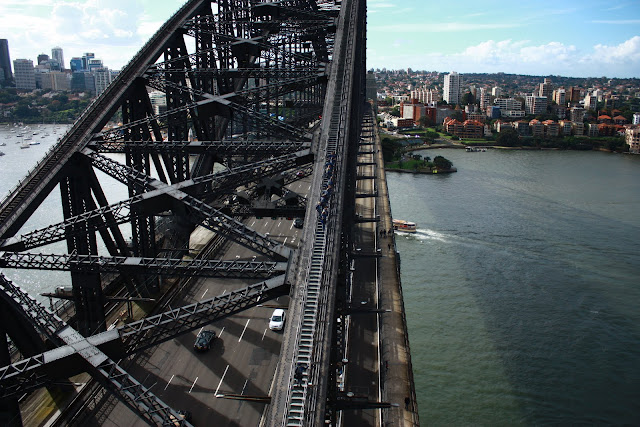All 10 photographs are explained right at the end. Take in my mournful narrative first.
This has been one of the most mournful posts I have prepared; and over a building!
The 'original' Sydney Stadium was demolished in 1970 to make way for the construction of the Eastern Suburbs railway. It was really just an 'old tin shed' but was regarded with affection by Sydneysiders of a certain age. It was a basic structure clad in corrugated iron. It was not lined. The seats/chairs were on risers, with the stage in the round. It was neither heated nor airconditioned. The stage had to be moved 90 degrees BY HAND every so many minutes.
And its existence has been obliterated. It took me over two hours this arvo to track down the plaque that I had read existed. Bah! Humbug! Along the westward flowing New South Head Road is a 12' high densely packed row of Murrayas. I had to push into them to identify the plaque. What a shame! And the intersection has been altered out of all recognition. I guess 40 odd years will do that.
 |
 |  |
The Sydney Stadium was built in 1908 as a stage in the middle of a paddock, and was intended to be used to stage boxing and wrestling matches. The first match, between Tommy Burns and Jim Johnson attracted over 200,000 fans. It took them a few years to even put a roof over it. In the early '50s it started to attract popular singing groups under the auspices of the promotor Lee Gordon: Buddy Holly, Bobby Rydell, Nat King Cole, Judy Garland, Frank Sinatra, and The Beatles. My memory is of going to experience Peter, Paul & Mary at the height of the 1963/4 folk craze. I still remember the thrill of the noise of stamping and clapping on the wooden floors as they controlled a round of 'Rock my soul in the bosom of Abraham'. Oh, those were the days!!
Photos 1,2 and 3The lead photo is of the crowd swarming across New South Head Road in 1955 to hear Frank Sinatra. The next two shots I took trying to recreate that intersection.
Photos 4, 5 and 6The large photo is the plaque, and what a soul-less example it is! The next two photos show its situation. Sad and pathetic behind a hedge, with newspapers swirling around in the wind. Down the driveway of a petrol station.
Photos 7, 8 and 9The large photo shows the entry and the front to New South Head Road in 1961. See the GM-Holden car of that era. I can remember those hoardings quite distinctly. And two
programme covers from an enthusiast's website.
Photo 10Was taken by Ern McQuillan in 1968 and is an aerial shot of the site, showing the octagonal shape of the Stadium plus all the field behind it. The dark line running diagonally across is the drain into which Cascade Creek - which runs down from Trumper Park - had been funnelled. That is another sad tale of neglect and environmental vandalism! You can see Rushcutters Bay and the park with its line of fig trees.
Boo hoo!!

















































